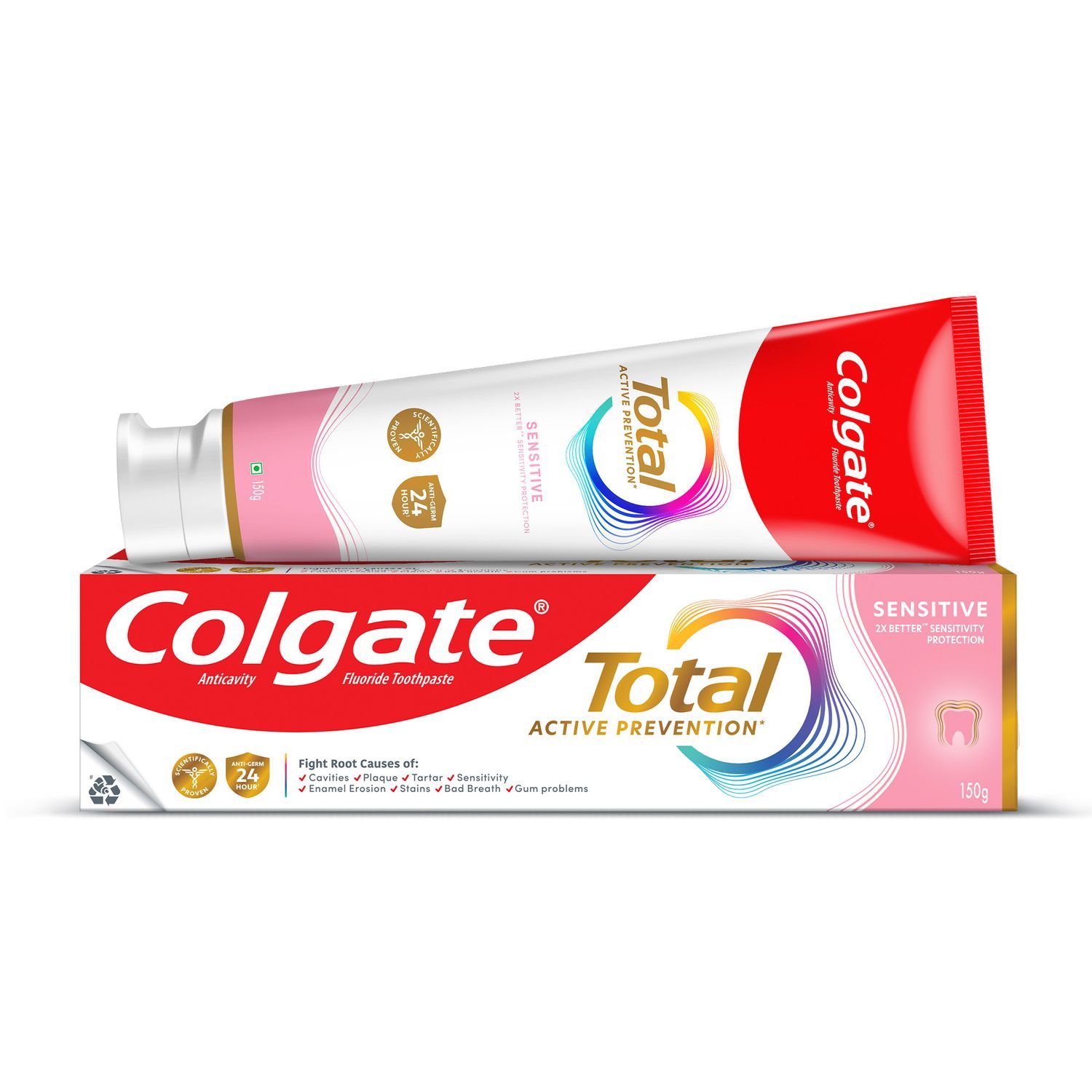- Observation — Some discolored spots on your teeth may indicate decay, but not all of them. Your dentist may use an explorer, a metal instrument with a sharp tip, to probe for possible decay. Healthy tooth enamel is hard and will resist pressure by the explorer. Decayed enamel is softer. The instrument will stick in it slightly. Explorers must be used with caution. Pressing too hard with an explorer can damage a healthy tooth. It can also spread the bacteria that cause decay to other teeth.
- Cavity-detecting dye — This can be rinsed over your tooth. It will stick to decayed areas and rinse cleanly from healthy ones.
- X-rays — X-rays can show decay developing in the enamel on the sides of teeth where they come together, as well as in the dentin that lies under the enamel. X-rays are often not accurate in detecting smaller cavities on occlusal (top) surfaces. Current fillings or other restorations also may block the view of decay.
- Laser fluorescence cavity detection aids — These small wands measure changes caused by caries. They are especially useful for pit and fissure areas on the top surfaces of your molar and premolar (chewing) teeth.
Decay is not the only reason you may need a filling. Other reasons include:
- Cracked or broken teeth
- Teeth that are worn from unusual use, such as:
- Nail-biting
- Tooth grinding (bruxism)
- Using your teeth to open things
Steps to a Filling
When you visit your dentist to get a filling, you may be given local anesthesia to numb the area if necessary. Next, your dentist will remove decay from the tooth, using a drill. Lasers also can be used to remove decay.
A drill, which dentists call a handpiece, uses metal cones called burs to cut through the enamel and remove the decay. Burs come in many shapes and sizes. Your dentist will choose the ones that are right for the size and location of your decay.
At first, your dentist will use a high speed drill (the one with the familiar whining sound) to remove the decay and unsupported enamel of the tooth. Once the drill reaches the dentin, or second layer of the tooth, the dentist may use a lower speed drill. That's because dentin is softer than enamel.
Once all the decay is removed, your dentist will shape the space to prepare it for the filling. Different types of fillings require different shaping procedures to make sure they will stay in place. Your dentist may put in a base or a liner to protect the tooth's pulp (where the nerves are). The base or liner can be made of composite resin, glass ionomer, zinc oxide and eugenol, or another material.
Some of these materials release fluoride to protect the tooth from further decay.
If your dentist is placing a bonded filling, he or she will etch (prepare) the tooth with an acid gel before placing the filling. Etching makes tiny holes in the tooth's enamel surface. The composite material fills in the holes as the dentist places the filling. A bonding material also is used, so the filling bonds to the tooth in two ways. Bonded fillings can reduce the risk of leakage or decay under the filling. Bonding is generally done with composite fillings.
Certain types of fillings get hardened by a special light. With these fillings, your dentist will layer the material, stopping several times to shine a bright light on the resin. This cures (hardens) the material and makes it strong.
Finally, after the filling is placed, your dentist will use burs to finish and polish the tooth.
After a Filling
Some people feel sensitivity after they receive a filling. The tooth may be sensitive to pressure, air, sweet foods or cold. Composite fillings often cause sensitivity, but other types of filling materials can, too.
The most common reason for pain right after the anesthetic wears off is that the filling is too high. Call your dentist so you can be seen as soon as possible to reduce the height of the filling.
The second type of discomfort is a very sharp shock that appears only when your teeth touch. This is called galvanic shock. It is caused by two metals (one in the newly filled tooth and one in the tooth it's touching) producing an electric current in your mouth. This would happen, for example, if you had a new amalgam filling in a bottom tooth and had a gold crown in the tooth above it.
In most other cases, the sensitivity will decrease over one to two weeks. Until then, try to avoid anything that causes it. If your tooth is extremely sensitive or your sensitivity does not decrease after two weeks, contact your dentist's office.
It's important to let your dentist know about any sensitivity you are feeling. The next time you need a filling, he or she may be able to use a different material and make changes to reduce sensitivity. People vary in their response to different materials. Your dentist has no way of predicting if your tooth will react to a particular material.
When you talk to your dentist about the sensitivity, try to describe it as precisely as possible. This information will help decide what should be done next. Your dentist may take out the filling and put in a new one. He or she may add a base, liner or desensitizing agent on the tooth as well. If the filling was very deep, you could need a root canal treatment to solve the problem.
Your dentist polishes the filling after it is placed, but occasionally sharp edges may remain. You can't detect this at first because of the anesthesia. If you find one, contact your dentist and arrange to have it smoothed as soon as possible to avoid injury to your tongue or mouth.
Temporary Fillings
You may receive a temporary filling (usually white, off-white or gray) if:
- Your treatment requires more than one appointment.
- Your dentist wants to wait a short period of time for the tooth to heal.
- You have a deep cavity and the pulp (containing the nerve and blood vessels) becomes exposed during treatment.
- You need emergency dental treatment.
A temporary filling may make your tooth feel better. This is because the filling seals the tooth, protecting the pulp from bacteria and reducing sensitivity.
Temporary fillings often contain eugenol, an ingredient in over-the-counter toothache remedies. Eugenol is also a component of oil of cloves, which people use for toothache pain.
Temporary fillings are not meant to last. Usually, they fall out, fracture or wear out within a month or two. If you get a temporary filling, make sure you visit your dentist to get a permanent one. If you don't, your tooth could become infected or you could have other problems.
Why Replace a Filling?
Fillings don't last forever. They can become discolored. Composite, tooth-colored fillings pick up stains, and yellow or darken over time. When you chew, your teeth and any fillings in them are subjected to tremendous pressures. Even if no other problems develop, some fillings will wear out over time and will need to be replaced. A filling will need to be replaced earlier if it falls out, leaks or cracks.
Bacteria and bits of food can seep down under a filling that is cracked or leaking. Since you can't clean there, the bacteria feed on the bits of food and form the acid that causes tooth decay. Decay under a filling can become extensive before you notice it or it causes you pain. This is why you should have your fillings checked regularly and get them replaced when problems are found.
Fillings That Fall Out
Fillings can fall out for several reasons:
- You bite down too hard on a tooth that has a large filling, and break the filling or the tooth.
- The filling material that was used cannot withstand the forces placed upon it. For example, if you have broken a large piece of your front tooth, a porcelain (tooth-colored) crown is probably a good treatment choice. In some cases, a dentist may place a composite filling instead. This may look good or acceptable. However, if the composite is too large, a strong biting motion may break the plastic material.
- Saliva gets into the cavity when the filling is placed. For composite resins, this will disrupt the bonding of the material. As a result, the bond will not stick well to the tooth and it may fall out.
Cracked Fillings
Both amalgam and composite fillings can crack, either soon after they are placed or after the fillings have been in place for some time.
Cracks can occur soon after a filling is placed if the filling is higher than the rest of the tooth surface, and must bear most of the force of biting. Cracks also can occur over time, as the forces from chewing and biting affect the filling and the restored tooth.
Small cracks also can occur at the edges of a filling. These usually are caused by wear over time. These cracks often can be repaired.
Leaking Fillings
A filling is said to be leaking when the side of the filling doesn't fit tightly against the tooth. Debris and saliva can seep down between the filling and the tooth. This can lead to decay, discoloration or sensitivity.
Both amalgam and composite fillings can leak. An amalgam filling sometimes leaks slightly after it is placed. You would notice this as sensitivity to cold. This sensitivity decreases for the next two to three weeks. Then it disappears altogether. Over that period, the amalgam filling naturally corrodes. The corrosion seals the edges of the filling and stops any leaks.
A composite filling could be contaminated with saliva. This would weaken the bond between the filling and the tooth and allow for leaks. Other times, there may be small gaps where the tooth and filling meet. These gaps are caused by shrinkage when your dentist places the filling. Sensitivity after receiving a composite filling may disappear over time. If it doesn't, the filling may need to be replaced.
Fillings also can leak as a result of wear over time. These fillings should be replaced.
Clenching and Grinding
If you clench or grind your teeth, you may have more problems with your fillings. The forces placed on your teeth can lead to tooth sensitivity and extra wear on your fillings. Clenching or grinding also can cause your teeth and fillings to crack or develop small craze lines. These are fine cracks you can see if you shine a light on your tooth.
Keeping Your Fillings
Although some fillings can last for many years, the average life of an amalgam filling is about 12 years. Composite fillings may not last this long.
Your dentist will examine your fillings at your checkup visits. You may need X-rays if your dentist thinks a filling might be cracked or leaking, or to see whether decay is occurring under the filling. Make an appointment with your dentist:
- If a tooth is sensitive
- If you see a crack
- If part of a filling appears to be missing
Visit your dentist regularly for cleanings, brush with a fluoride toothpaste, and floss once a day. If you have many fillings or very large fillings, your dentist may prescribe a fluoride gel you can use at home. The fluoride will help strengthen the enamel of your teeth and help to prevent future cavities. Your dentist or hygienist also can apply a fluoride varnish around the edges of these teeth at your checkup visits.
You also can use rinses that lower the acid level of your mouth. A lower acid level reduces decay-causing bacteria. This can lead to fewer cavities in the future.
If you get cracks in fillings, consider asking your dentist for a night guard. Wearing it at night can help you stop grinding and clenching your teeth when you are asleep.
Replacing a Filling
Before removing your old filling, your dentist will discuss treatment options with you. It is often possible to repair an old filling instead of removing it and replacing it completely. However, if the entire filling has to be replaced, the dentist may reevaluate what filling material to use. Talk with your dentist about how you would like the filling to look. Then he or she can select the material that is best for you.
4/8/13
© 2002- 2018 Aetna, Inc. All rights reserved.
This article is intended to promote understanding of and knowledge about general oral health topics. It is not intended to be a substitute for professional advice, diagnosis or treatment. Always seek the advice of your dentist or other qualified healthcare provider with any questions you may have regarding a medical condition or treatment.
ORAL HEALTH QUIZ
What's behind your smile?
Take our Oral Health assessment to get the most from your oral care routine
ORAL HEALTH QUIZ
What's behind your smile?
Take our Oral Health assessment to get the most from your oral care routine














